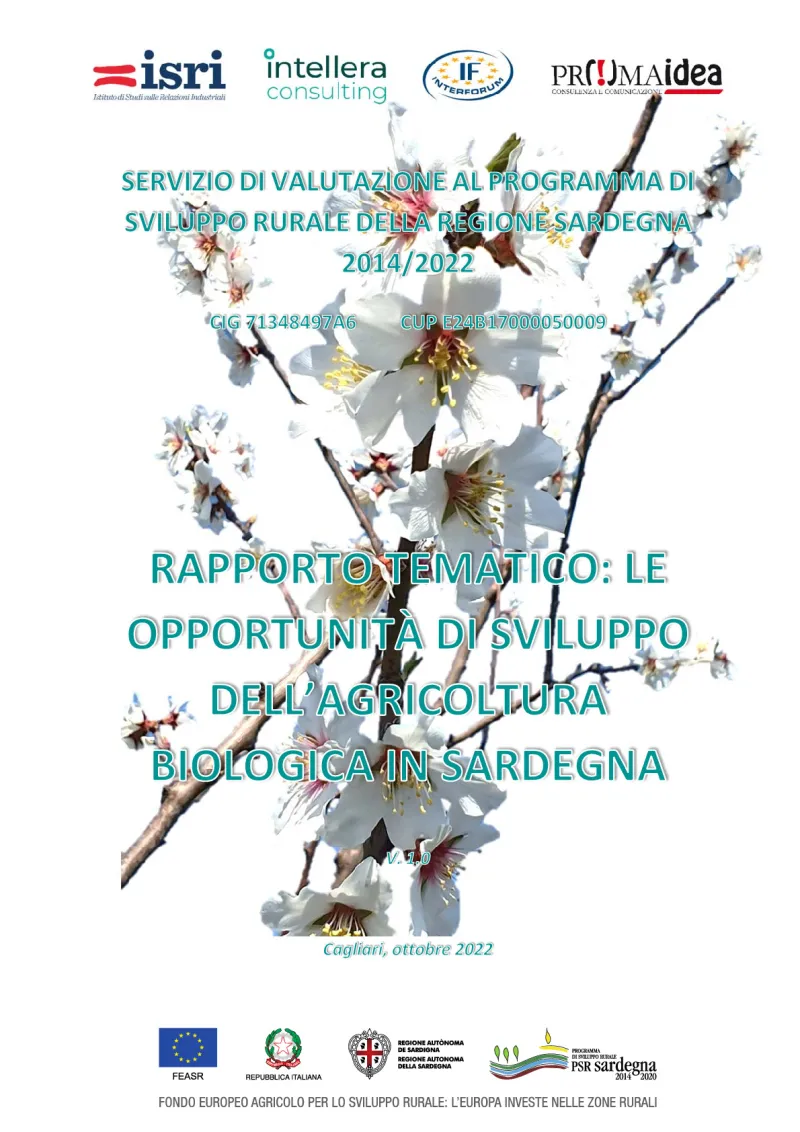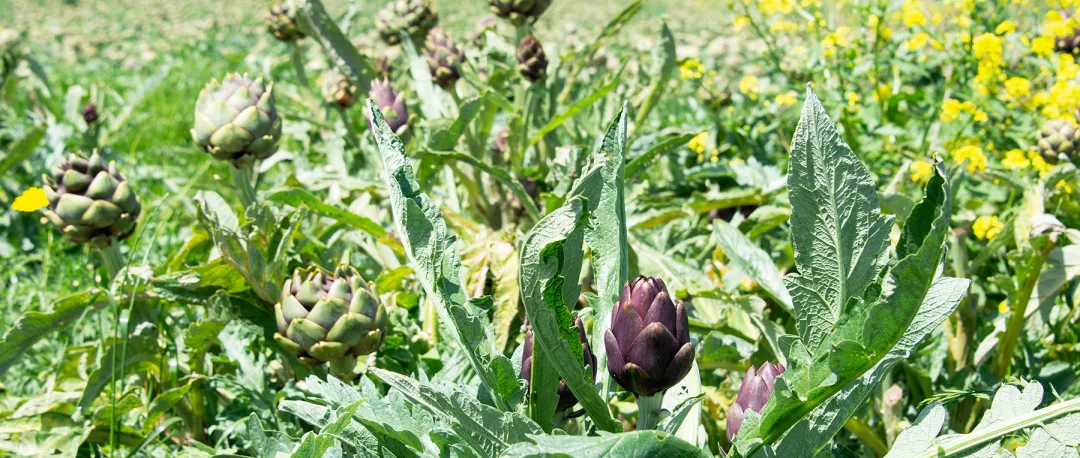Opportunities for the development of organic farming in Sardinia
The evaluation aims to analyse the opportunities for developing organic farming in Sardinia, Italy.
- Italy
- 2014-2022
- Environmental impacts


Support for the organic method in the Sardinian region has been analysed since 1994 on the basis of evaluation documents from the agri-environmental regional programme.
This evaluation concerns the Sardinian RDP, 2014-2020, and was commissioned by the Sardinian Region.
It addresses the performance of organic production related to RDP measures in order to understand to what extent this opportunity has been exploited and could be further used. The study also addresses the impact of High Nature Value (HNV) in Sardinia.
The methodological approach was based on several methods and indicators.
An analysis of the information stemming from the Italian RDPs related to Measure 11 was carried out in order to allow for a benchmark of the Sardinian state of play. Data on the organically managed UAA was taken from the 2020 SINAB (Organic Production Database) yearbook.
Furthermore, to determine the impact of the total organic practices and calculate the rate of organic practices for each crop aggregation in each region, the following methods were applied:
- Desk analysis on M11 in Italian RDPs to establish a benchmark for assessing the Sardinian case;
- Desk analysis on statistical information from the 7th National Census of Agriculture;
- Desk analysis on the monitoring system of the applications received by sub-measure and intervention code, and the related areas requested;
- Desk analysis of Programme information (such as additional commitments foreseen for each measure/intervention).
Additionally, the study aims to identify the effects of HNV farming in the pre- and post-intervention phases. As for water quality, the impact of organic farming is assessed through a combined analysis of indicators that take into account the quality of river water and the percentage of UAA financed in the respective river basins to support organic production.
Carbon sequestration has been assessed through a partial review of the data provided by the White Paper “Challenges and Opportunities for Rural Development for Mitigation and Adaptation to Climate Change” (Mipaaf, 2011). All the analyses carried out include the use of vector cartography of the cadastral parcels required for the introduction (11.1) and maintenance (11.2) of the organic production of the RDP 2014-2020.
The evaluation question related to this thematic study was ’’To what extent and how can organic farming be favoured in Sardinia, and with what expectations?’’.
As far as limitations are concerned, the study highlights that data updates were available only in a provisional version and, above all, without regional detail at the time of writing. Additionally, there is a slight time lag, because SINAB data refers to the end of 2019, while that of the census refers to 2020.
The study found that organic farming in Sardinia has not had the development it has had in other regions. In part, this is probably due to the specificity of Sardinian territory and agriculture (of which 80 % consists of pastures, grazing meadows and fodder crops), and partly because there has not been much investment in organic farming (the ratio between organic UAA and total UAA in Sardinia does not reach 10%, while the national average corresponds to 16%).
However, accessions to RDP Measure 11, in UAA terms, practically doubled between 2016 and 2021.
During the period 2016-2019, 79 % of the monitoring sites examined had high water quality, with average annual nitrate concentrations below 10 mg/l.
At the same level of land use, carbon content is higher in the areas benefiting from the maintenance (Sub Measure 11.2) of the organic practice, rather than those benefitting from its introduction (Sub Measure 11.1).
The carbon sequestered every year in agricultural soils thanks to Measure 11 is overall equal to 5.4 thousand tonnes, equivalent to about 20 thousand tonnes of carbon dioxide. The initial organic carbon contained in the soils requested as a premium for Measure 11 amounts to a total of 2.870.676 tons.
Author(s)
Isri, Intellera consulting, IF interforum, PrimaIdea